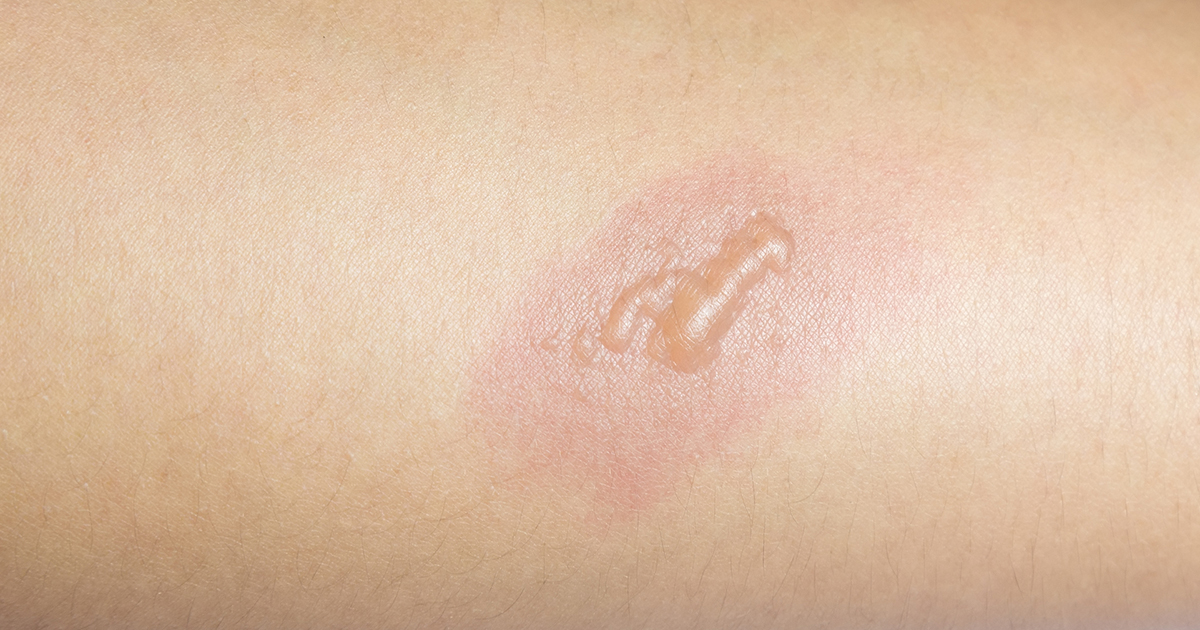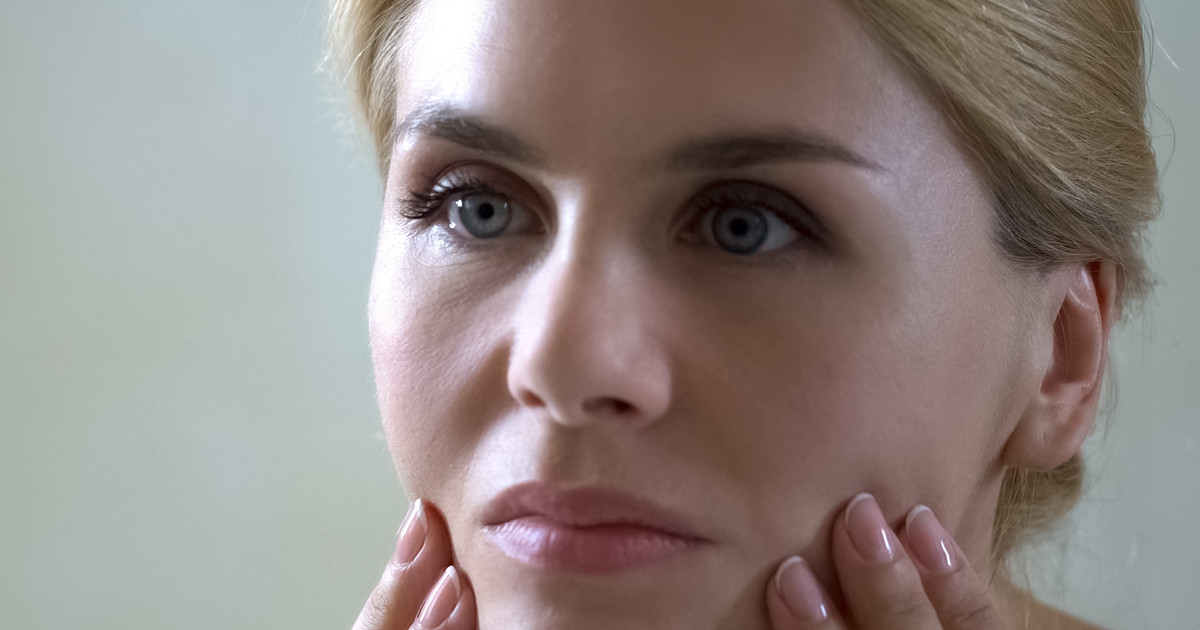Side Effects Of Hydrogen Peroxide
Blistering or Peeling Skin

Hydrogen peroxide's corrosive effects, particularly in higher concentrations, can lead to blistering or peeling skin. Concentrations of ten percent or higher pose significant dangers and should not be applied to the skin. Even lower concentrations may cause discomfort and blisters in individuals with heightened sensitivity. Importantly, if blisters occur, they should not be popped, and immediate medical attention is advised. Contrary to common belief, the presence of blisters or peeling skin does not indicate the solution's efficacy; rather, it signals potential harm to the skin.
Individuals must be aware of the risks associated with hydrogen peroxide and exercise caution in its application. Seeking medical attention for severe skin reactions ensures proper evaluation and guidance for optimal skin health.
Skin Lightening

Skin lightening is a well-documented side effect of hydrogen peroxide, with some individuals intentionally using the solution for this purpose. Despite its popularity, dermatologists caution against using hydrogen peroxide to lighten the skin tone due to potential damage. Alternative methods exist for addressing issues like acne, spots, uneven complexion, and hyperpigmentation without resorting to extensive hydrogen peroxide exposure. The chemical's role in hair bleaching solutions emphasizes its potency in altering pigmentation, but when applied directly to the skin, it can lead to noticeable paleness.
Educating individuals on safer alternatives for addressing skin concerns fosters informed decision-making and promotes healthier skincare practices. Highlighting the potential risks associated with prolonged hydrogen peroxide exposure encourages responsible choices in pursuit of desired aesthetic outcomes.
